Winter requires a bit of planning for animals that don’t migrate or hibernate. Find out how some of your favorite mammals, birds, and even fish handle the season...
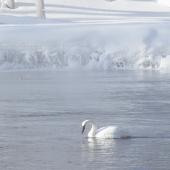
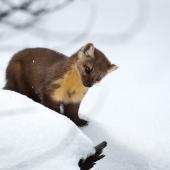
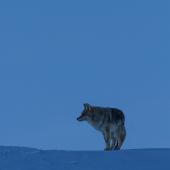
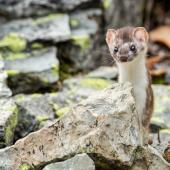
Beavers
spend most of autumn harvesting willow, aspen, and alder branches to eat throughout the winter. They store their harvest underwater and because they build lodges with an underwater entrance, they never have to expose themselves to the cold winter air. Beavers sometimes allow muskrats into their lodges.
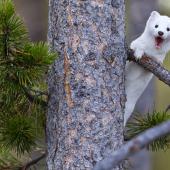

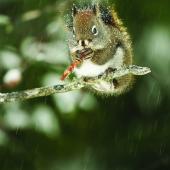

Muskrats
bring underwater plants, perhaps for bedding, and beavers let them eat some of their food. Otters fish for trout all winter and are equally at home on land as in the water. Otters are very playful and seem to slide on the snow’s slippery surface just for fun. Their fur is water repellent which help keeps them warm. Pika work tirelessly all summer gathering mouthfuls of grass which they then store under rocks and overhangs on the talus slopes where they live. These haystacks sustain them all winter while they are buried under a thick layer of insulating snow. Red squirrels store pine cones each autumn and eat the seeds during winter. They stay warm by building nests made of grass high up in a tree. Sometimes they nest in a witches’ broom. A witches’ broom is an abnormal growth in a tree caused by disease. Long-tailed weasels turn snow white in winter except for their black-tipped tail. This color change helps them avoid predators and to avoid being seen by their prey. Their slender bodies give them the appearance of swimming across the snow. That is if you can find one.
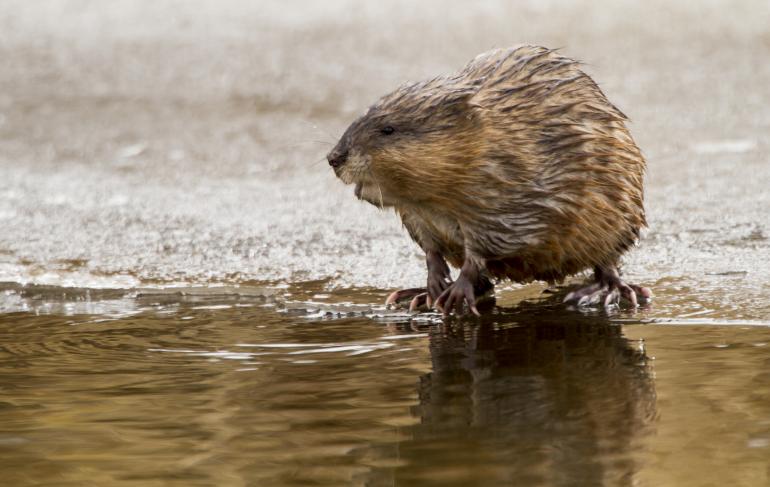
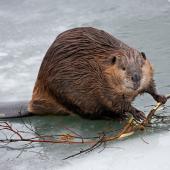
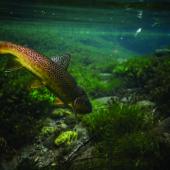
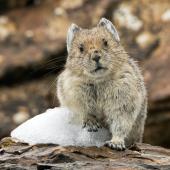
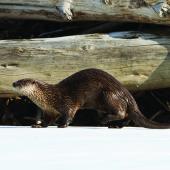
Birds
have a thick layer of downy feathers which repels water and insulates them against the cold. The feet of trumpeter swans and other waterbirds don’t freeze in water because of something called counter-current heat exchange. Warm arterial blood flowing to their feet warms the venous blood returning to their body. This means that blood flowing to their feet is relatively cool and the temperature difference between the water and their feet is small so they lose only a little heat to the water. Their feet remain just warm enough to avoid frostbite. Sometimes they stand with one foot tucked under the bellies to warm it up.
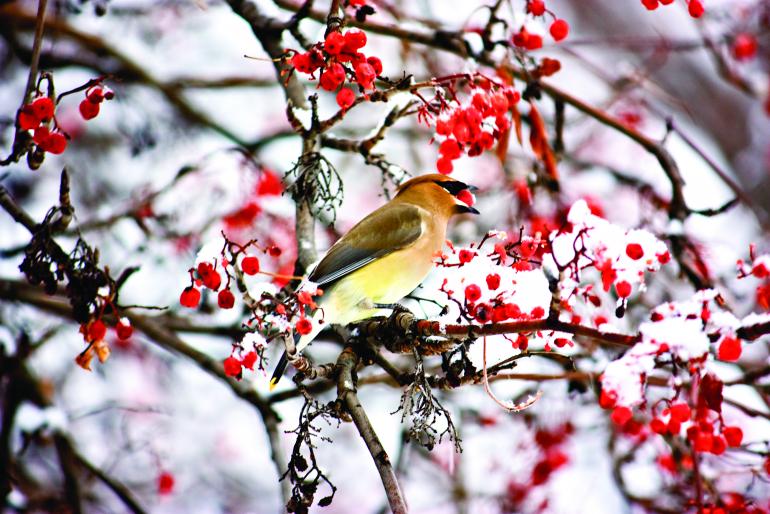
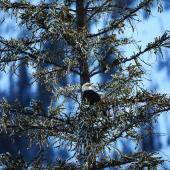


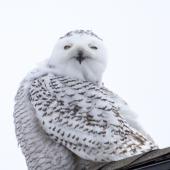

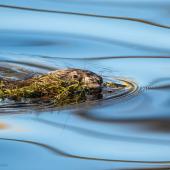

Leave a Comment Here